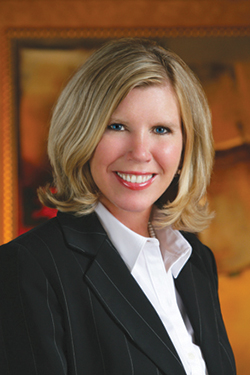
With this issue focusing on tourism, I thought it would be appropriate to tie that topic in with diversity. Just as we work diligently to attract visitors from many different places, cultures and age groups to create a thriving community, so too should we strive for diversity in the workplace. Consider the following facts from the 2010 U.S. Census:
- Almost a third of the workforce is made up of minorities, more than 10 percent are aged 55 or over, and nearly half are women.
- By 2020, minorities will make up over 40 percent of the workforce, and older workers will account for a larger percentage.
- By 2050, the U.S. Bureau of Labor Statistics projects that minorities will approach 50 percent of the American workforce, and the number of workers age 55 and older will jump to almost 20 percent.
So how is diversity defined? First, it is not about affirmative action. Rather, it integrates awareness of, and respect for, the differences in the ways people communicate and interact. It also makes an organization more responsive to continually changing demands of the marketplace by drawing on the cultures, talents and ideas of a broader group of people. We are diverse in many ways:
- Race is the common identifier when talking about minorities, but people of the same race can be very different from one another.
- Gender is also often referred to with diversity, but again, not all men or women are alike.
- Age is an ever-shifting demographic. As long as employees stay in the workforce, they will eventually hit every age demographic.
- Education needs to be weighed with experience on the job.
- Cultural background includes holiday celebrations, languages spoken in the home or by older relatives, and interactions between young people and elders.
- Physical abilities and disabilities include obvious talents or impairments as well as hidden talents or learning disabilities.
Employers who embrace diversity are likely to build morale, retain employees and increase productivity. Through training, employers can encourage workers to appreciate the differences between themselves and their coworkers and create a work environment that not only recognizes those differences, but leverages them as well.
If you are not already involved in diversity initiatives, there are many books, videos, articles and training programs available to help you learn how such programs are contributing to other organizations. You might want to appoint someone in human resources to coordinate your diversity initiatives and drive this process throughout your organization. Developing and providing diversity awareness training programs can be an enriching and beneficial experience for everyone in your organization.
Diversity awareness can help the organization as a whole create a work environment in which everyone’s abilities and potential can be fully realized and appreciated. Diversity makes everyone more conscious of the fact that being different is a benefit instead of a liability. iBi

